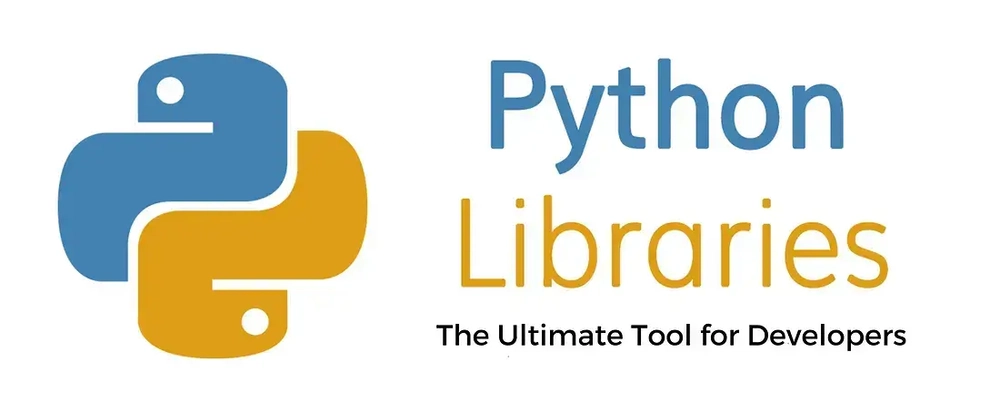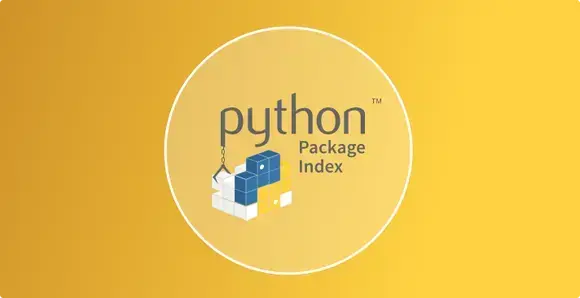Python libraries are essential tools that provide pre-written code to simplify complex tasks. They are widely used across domains like data science, machine learning, web development, and more. This article explores popular Python libraries, their uses, and provides easy installation commands—with a sprinkle of emojis for fun! 😄
🧐 What Are Python Libraries?
Python libraries are collections of modules that allow developers to reuse code for specific functionalities. These libraries can be categorized as:
Standard Libraries 📦: Pre-installed with Python (e.g., os, math, datetime).
Third-Party Libraries 🌐: Created by the community and installed separately (e.g., NumPy, Pandas).
🌟 Popular Python Libraries and Their Installation
Here’s a handy table of popular Python libraries, their applications, and installation commands:
## 🔧 Python Libraries Cheat Sheet
| Library | Purpose | Installation Command | Emoji |
|---|---|---|---|
| NumPy | Numerical computing | pip install numpy |
🔢 |
| Pandas | Data manipulation and analysis | pip install pandas |
🐼 |
| Matplotlib | Data visualization | pip install matplotlib |
📊 |
| Scikit-learn | Machine learning algorithms | pip install scikit-learn |
🤖 |
| TensorFlow | Deep learning | pip install tensorflow |
🧠 |
| Flask | Lightweight web framework | pip install flask |
🍶 |
| Django | Full-stack web framework | pip install django |
🌍 |
| Requests | HTTP requests | pip install requests |
🌐 |
| OpenCV | Computer vision | pip install opencv-python |
👁️ |
| NLTK | Natural Language Processing (NLP) | pip install nltk |
🗣️ |
🛠️ How to Install Python Libraries
Python libraries can be installed using the package manager pip (comes pre-installed with Python). Here’s how:
-
Open Terminal/Command Prompt 💻
- Windows: Search for "cmd" in the Start menu.
- macOS/Linux: Open the terminal.
- Use pip to Install a Library 📥
pip install <library_name>
Replace with the name of the library you want to install.
- Install Specific Versions ⏳
pip install <library_name>==<version_number>
- Upgrade an Existing Library ⬆️
pip install --upgrade <library_name>
- Verify Installation ✅ After installation, verify it by importing the library in Python:
import library_name
print("Library installed successfully! 🎉")
📦 Installing Multiple Libraries at Once
You can install several libraries in one go:
pip install numpy pandas matplotlib
🌐 Installing Libraries from Other Sources
From GitHub:
pip install git+https://github.com/username/repository.git
Using Conda (for Anaconda users):
conda install <library_name>
🎯 Conclusion
Python’s extensive library ecosystem makes it a favorite among developers worldwide. By mastering the installation process with pip or Conda, you can quickly set up your environment for any project. Whether you’re working on data science, web development, or AI, these libraries provide powerful tools to make your work easier and more fun! 🐍✨
Happy coding! 🚀




Top comments (1)
Some comments may only be visible to logged-in visitors. Sign in to view all comments.